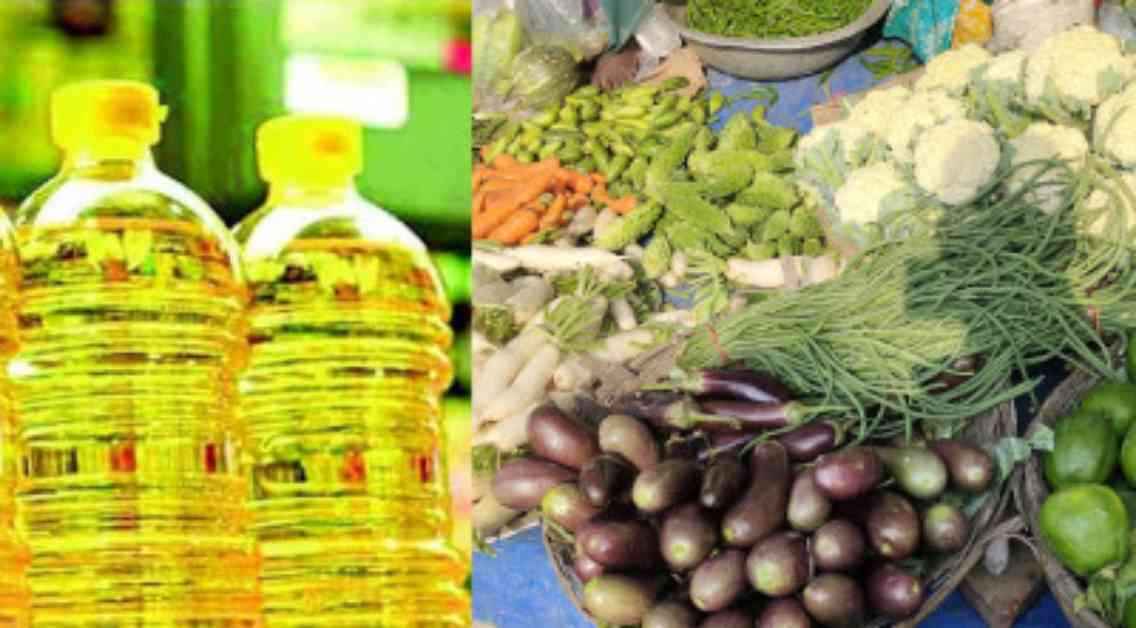The sudden decrease in cooking oil supply has sent ripples through the local market, causing a sharp drop in vegetable prices. This unexpected turn of events has left many shops without soybean oil, with the few that have it selling at inflated prices. Retailers attribute this shortage to a decrease in supply from their suppliers, despite the regular arrival of delivery vans. The situation has reached a critical point, with stocks depleting within a day, leaving customers scrambling for alternatives.
Exploring the Market
A tour of various markets in the capital reveals the scarcity of soybean oil, with a liter bottle priced at a staggering 175 taka in some shops. Discreetly hidden in a few stores, those who have it are selling at significantly higher rates. Larger establishments are offering two-liter bottles for 350 taka and five-liter bottles for 850 taka, reflecting the severity of the shortage.
If you’re wondering why soybean oil has suddenly vanished, a Mirpur-10 trader, Jakir Hossain, sheds light on the matter, indicating that this situation has persisted since August. The dealers are failing to supply the necessary oil, leading to the resale of palm oil once the bottled oil runs out, further exacerbating the crisis.
Implications for Consumers
Despite the abundance of winter vegetables, these items remain reasonably priced across various markets in the capital. Potatoes are available at 20 taka per kilogram, with onions ranging from 40 to 50 taka per kilogram. Good quality eggplants sell for 60 taka, while the medium grade is priced at 50 taka per kilogram. Long eggplants are sold for 35 to 40 taka, offering a glimpse of relief amid the escalating prices of other essentials.
While vegetable prices remain stable, the situation is quite different in the rice market. The prices are on an upward trend, with fine rice ranging from 82 to 85 taka per kilogram, branded Ataash rice at 65 taka, and coarse rice priced between 52 to 55 taka per kilogram.
In contrast, the meat market paints a different picture, with stable prices observed across various categories. Beef is available for 730 to 750 taka per kilogram, while mutton sells for 1,100 to 1,200 taka per kilogram. Goat meat is priced at 1,000 taka per kilogram, reflecting a steady market for meat products.
It’s a similar story in the fish market, with a kilogram of Rui fish priced from 300 to 350 taka, while Katla fish is sold at the same rate. The prices vary slightly based on the weight, with larger fish commanding a slightly higher price range, providing consumers with options based on their preferences.
As we navigate through the local markets, the impact of these fluctuations underscores the critical importance of maintaining a stable supply chain for essential commodities. The resilience of the market in the face of these challenges serves as a testament to the adaptability and resourcefulness of both traders and consumers alike.
The scenario unfolding in the local markets is indicative of the delicate balance between demand and supply, showcasing the intricate interplay of various factors that influence pricing and availability. The need for strategic interventions and market monitoring becomes increasingly apparent as we strive to navigate these uncertainties and ensure the steady flow of essential goods to our tables.
The clock strikes 8:20 AM, marking another day in February 2025, where the pulse of the local markets beats to the rhythm of daily life, reflecting the ebb and flow of commerce in the heart of Bangladesh.



























